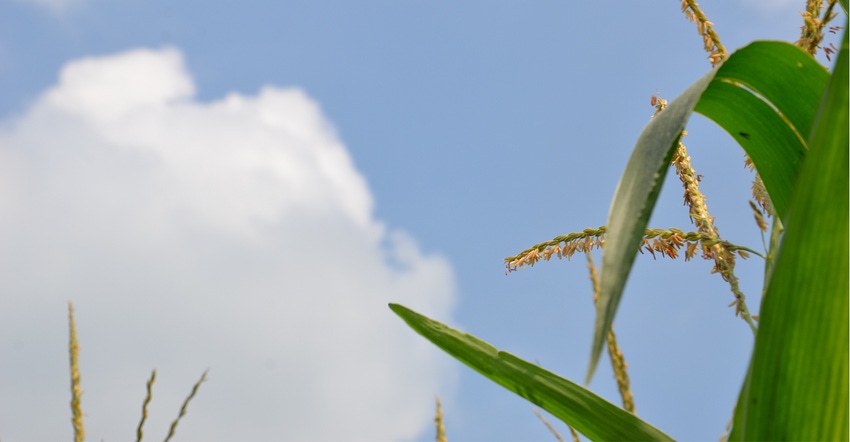
Summer rolled along, and some long-range forecasts were fairly accurate while others missed the mark a bit. One thing was consistent: Virtually no one was talking about the El Niño-La Niña cycle. Although it’s often a major player in weather patterns in both summer and winter around the globe, including the Midwest, it appears to have been AWOL this summer.
To understand what’s happening with this key weather-forcing factor, Ken Scheeringa, associate Indiana state climatologist, agreed to answer questions in this exclusive interview with Indiana Prairie Farmer.
What is the status of the current El Niño-La Niña cycle? What has led us to this point over the past several months? We are in the neutral phase, called ENSO neutral. This is neither El Niño nor La Niña. We are stuck in the middle between these phases. We came out of the last La Niña phase at the very end of 2016 and have been in ENSO neutral for all of 2017 so far. (Editor’s note: When the neutral phase occurs, the sea surface temperatures off the tropical Pacific Ocean waters are neither above nor below normal.)
Has the cycle influenced weather over the Midwest this summer? ENSO has been a nonfactor this year, since it is firmly settled into the neutral phase.
Lafayette and a couple of counties north of there have been in a wet streak all year. Is that El Niño-related or just a microclimate pattern? No, it isn’t ENSO-related due to its neutral phase. Northern Indiana has been closer to the storm track this summer and has had the better chance of rainfall than the south has had overall.
What is expected from the ENSO cycle over the coming months? How should it progress? ENSO neutral is expected to hold through winter at least. Some of the very long-range outlooks are suggesting a return to La Niña next spring. However, the odds of shifting into an El Niño are dwindling. This is opposite of what was thought to happen as early as this winter. But ENSO neutral now appears to be locked in place for winter.
How could this pattern affect weather this fall and into winter? Good question! With ENSO not a player, the next thought is, will some other winter pattern take over instead? Maybe the Arctic Oscillation, for example? Or maybe something else? It’s still early, and I haven’t seen anyone venture a guess what winter is going to do.
What other factors besides ENSO may play a major role in late-fall and winter weather? The usual winter pattern suspects, such as the Arctic Oscillation or its relative, the North Atlantic Oscillation, are two of many different weather cycles that could appear. Several of them are strongest during the winter season.
About the Author(s)
You May Also Like




